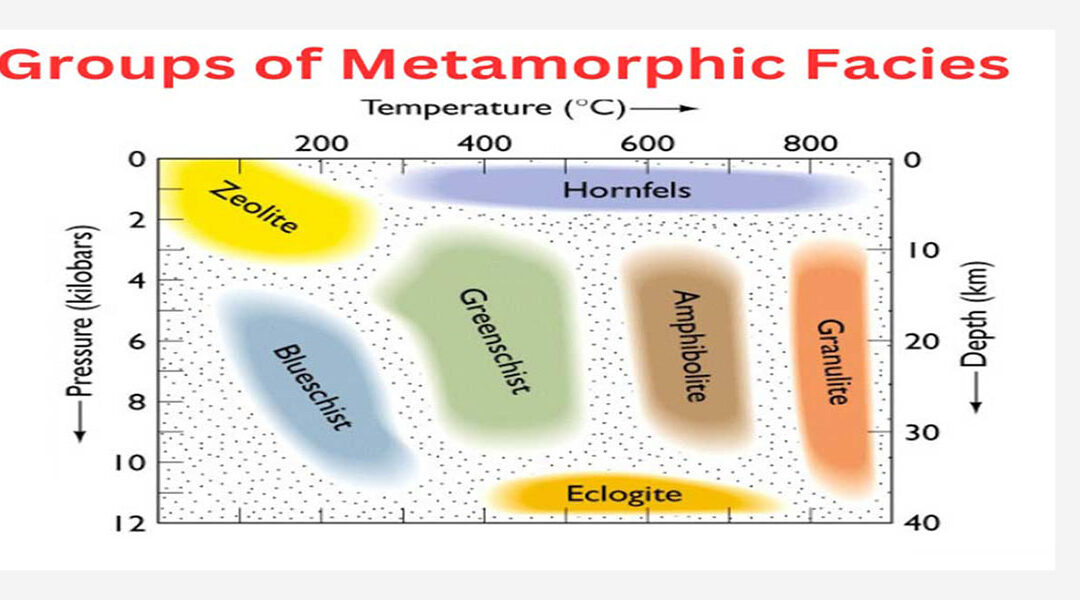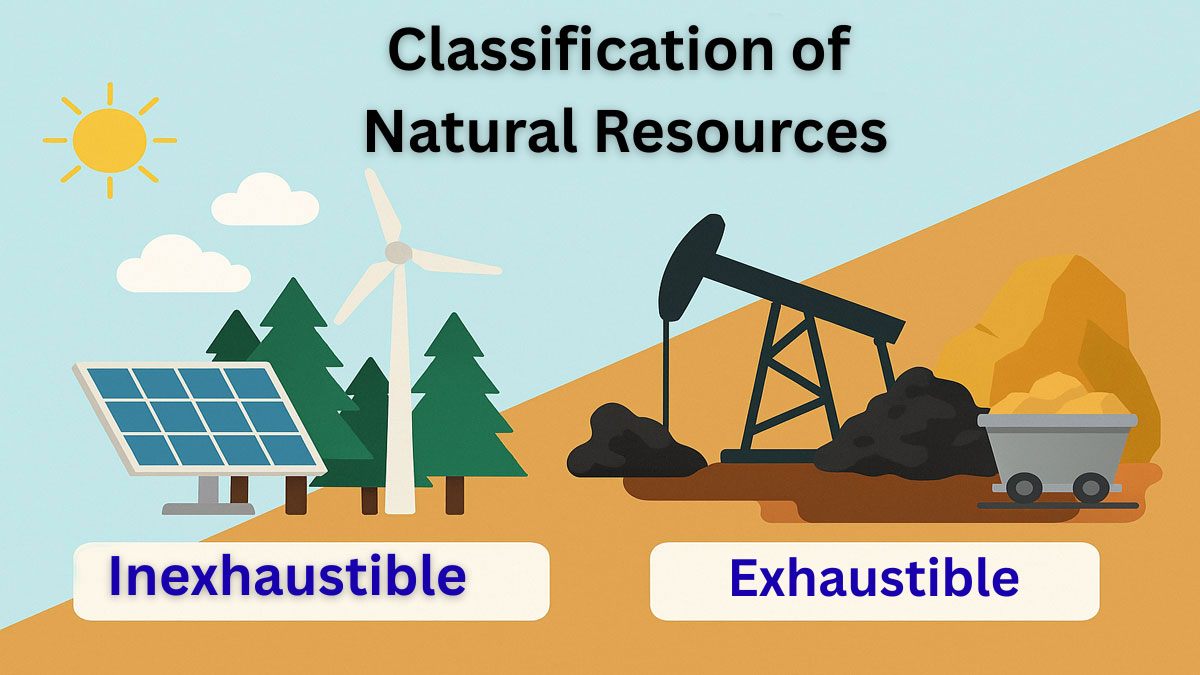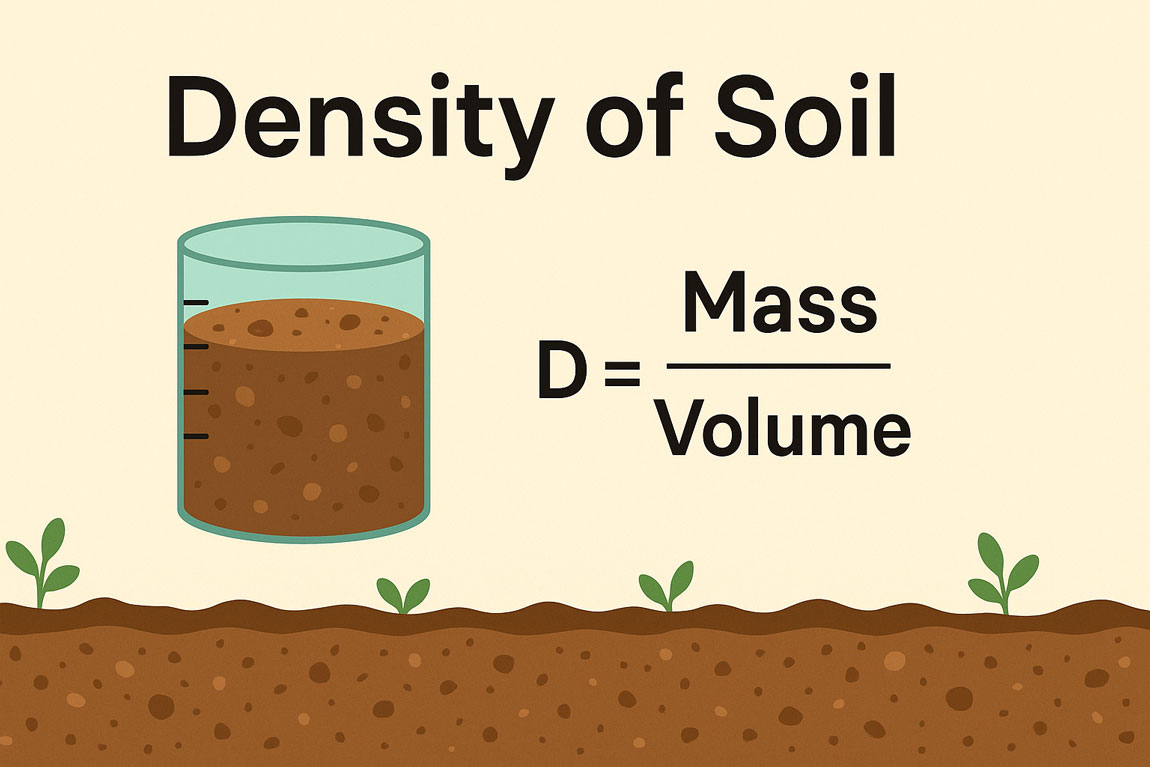What are Metamorphic Facies?
A metamorphic facies consists of metamorphic mineral assemblages that repeatedly develop in rocks with various bulk chemical compositions across different locations and times, reflecting specific metamorphic conditions.
If a rock forms under the same metamorphic conditions (P-T-fluid composition), it develops the same minerals and, therefore, belongs to the same facies.
Groups of Metamorphic Facies:
Metamorphic facies can be conveniently organized into four distinct groups. The groups are,
Facies of high pressure:
- The blueschist and eclogite facies represent phases with low molar volume that occur under high-pressure conditions.
- Blueschist facies typically occur in regions with low temperature/pressure gradients, such as subduction zones.
- Eclogites remain stable under typical geothermal conditions. They occur in deep crustal chambers, dikes, sub-crustal magmatic underplates, and regions where the mantle has redistributed subducted crust.
Facies of medium pressure:
- The majority of exposed metamorphic rocks are classified within the greenschist, amphibolite, or granulite facies.
- The greenschist and amphibolite facies align with the standard geothermal gradient.
Facies of low pressure:
- Regions with a significantly high geothermal gradient contain contact metamorphic environments such as albite-epidote hornfels, hornblende hornfels, and pyroxene hornfels.
- Sanidinite facies are rare, typically occurring only in xenoliths within basic magmas and in the deepest regions of some contact aureoles near hot basic intrusions.
Facies of low grade:
- At extremely low grades, rocks might not fully recrystallize, and they may not necessarily reach equilibrium.
- Zeolite and prehnite-pumpellyite facies do not consistently occur, and in many regional terranes, the greenschist facies may represent the lowest metamorphic grade.






